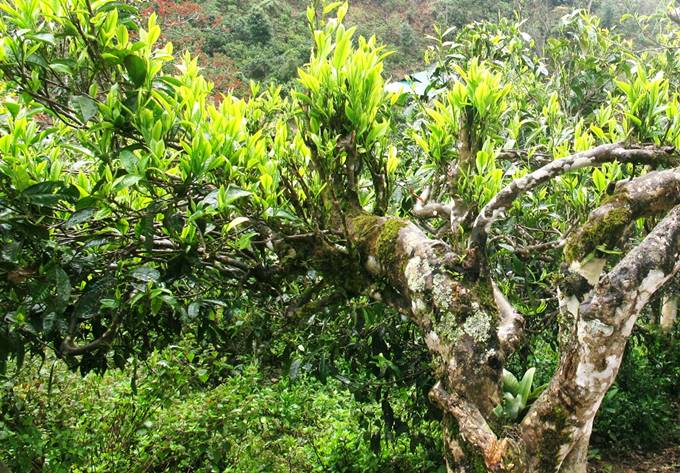Shan Tuyet tea, also known as “snow tea,” is a unique and valuable variety of tea hailing from the misty, high-altitude mountains of northern Vietnam. This tea, deeply intertwined with the culture and traditions of ethnic minority communities, stands as a testament to Vietnam’s rich tea heritage. From its ancient origins to its modern-day recognition, this essay will discuss about the history of Shan Tuyet Tea.
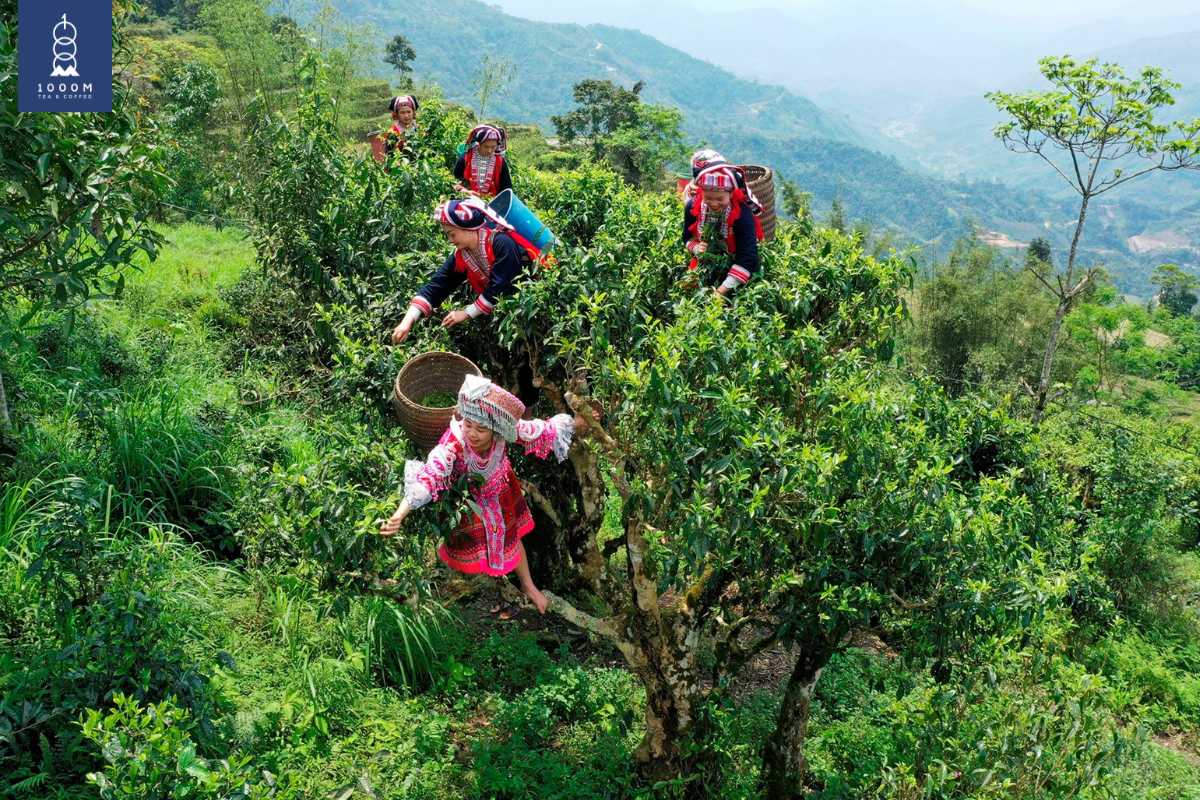
The Name and Origins

The name “Shan Tuyet” is derived from the Vietnamese words “Shan,” meaning mountain, and “Tuyet,” meaning snow. This name perfectly encapsulates the tea’s origins in the snowy, high-altitude regions of northern Vietnam, where the tea trees grow amidst the mist-covered peaks. The trees thrive in altitudes ranging from 1,200 to 2,000 meters above sea level, and some are believed to be over 300 years old. These ancient trees are a living record of Vietnam’s long and storied tea history.
Cultural Connections
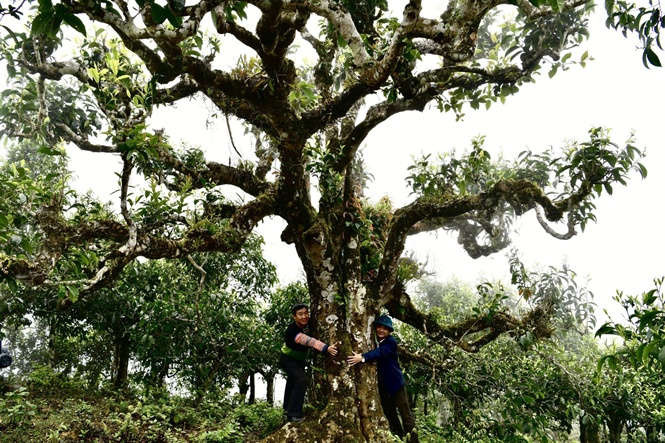
Shan Tuyet tea is more than just a beverage; it is a vital part of the cultural identity of ethnic minority communities in the provinces of Ha Giang, Yen Bai, and Lao Cai. These communities, including the H’mong, Dao, and Tay people, have been cultivating this tea for generations. The knowledge and skills required to grow and process Shan Tuyet tea have been carefully passed down through families, ensuring the preservation of traditional methods that give the tea its distinctive qualities.
The Remarkable Tea Trees
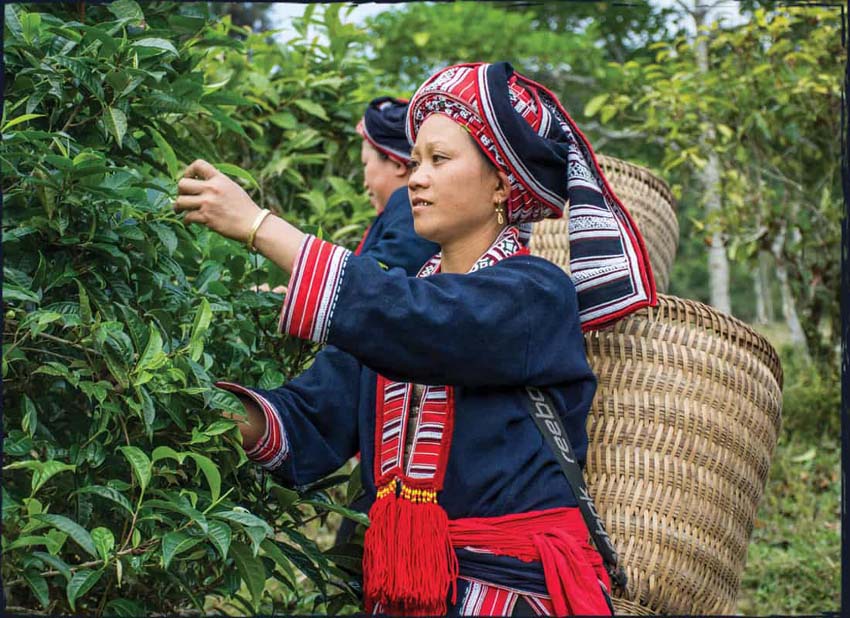
The tea trees that produce Shan Tuyet are unlike the typical tea bushes found in other regions. These trees are tall, with thick trunks and broad leaves that grow naturally without the aid of chemical fertilizers or pesticides. The high-altitude environment, with its cool temperatures and clean air, plays a significant role in shaping the tea’s unique flavor. The leaves are often covered in a fine, silvery-white down, which is where the tea gets its “snow” moniker. This natural covering helps protect the leaves and contributes to the tea’s delicate, yet complex, flavor profile.
Harvesting and Processing
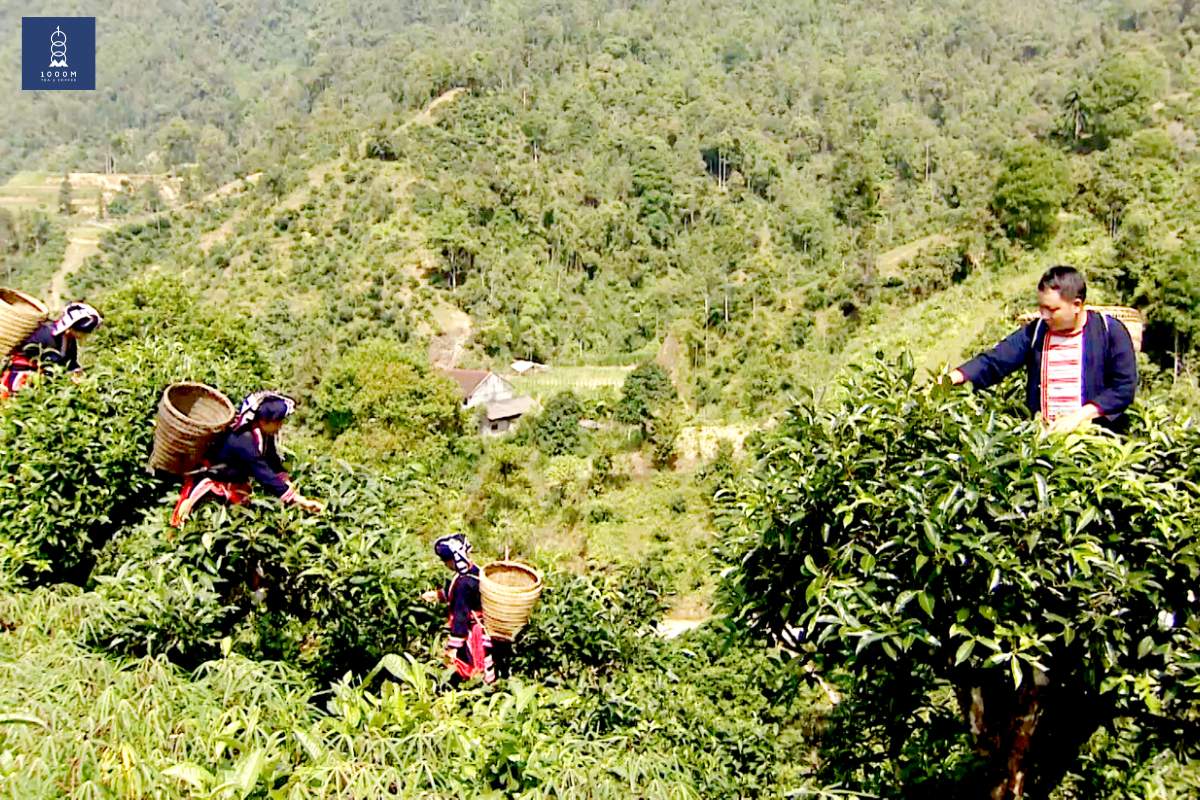
The process of harvesting Shan Tuyet tea is labor-intensive and requires a great deal of skill. The tea is typically handpicked in the early morning, while the leaves are still moist with dew. Only the youngest leaves and buds are selected to ensure the highest quality. After harvesting, the leaves undergo traditional processing methods, including withering, rolling, and drying. These steps are crucial for locking in the tea’s natural flavors and aromas, which are highly valued by tea connoisseurs.
Varieties of Shan Tuyet Tea
Shan Tuyet tea is available in several varieties, each with its own unique characteristics. The three main types are green, black, and white Shan Tuyet tea. Green Shan Tuyet tea is known for its fresh, vegetal flavor, which is both invigorating and soothing. Black Shan Tuyet tea, on the other hand, is robust and full-bodied, with a rich, malty flavor that lingers on the palate. White Shan Tuyet tea, which undergoes the least processing, is delicate and sweet, with subtle floral notes that make it a favorite among tea enthusiasts.
The Unique Flavor and Aroma of Shan Tuyet Tea
The flavor of Shan Tuyet tea is one of its most prized qualities. The tea has a smooth, mellow taste with a hint of natural sweetness that is both refreshing and satisfying. Many describe the flavor as “earthy” or “woody,” which reflects the pristine natural environment in which the tea is grown. The aftertaste is long-lasting, leaving a pleasant and memorable impression with each sip. The aroma of Shan Tuyet tea is equally captivating, with notes of wildflowers, honey, and occasionally a hint of smokiness, adding to its complex and layered profile.
Resilience and Recognition
The history of Shan Tuyet tea is not just about its origins and flavor; it is also a story of resilience. The ethnic minority communities that cultivate this tea have faced numerous challenges, including poverty and limited access to markets. Despite these difficulties, they have continued to produce Shan Tuyet tea using traditional methods, ensuring its survival for future generations. In recent years, the value of Shan Tuyet tea has been increasingly recognized both in Vietnam and internationally. Efforts have been made to promote this tea and support the communities that produce it, helping to bring their rich cultural heritage to a broader audience.
The Modern Market and Sustainability
Today, Shan Tuyet tea is celebrated not only for its unique flavor but also for its cultural significance. It is more than just a beverage; it is a symbol of the heritage and identity of the mountain communities that have nurtured it for centuries. Shan Tuyet tea is often used in traditional ceremonies and is a source of pride for these communities. As interest in organic and sustainably sourced products continues to grow globally, Shan Tuyet tea is well-positioned to expand its presence in the international market. Its appeal lies not only in its exceptional quality but also in the story it tells—a story of tradition, resilience, and a deep connection to the natural world.
Conclusion
The history and origin of Shan Tuyet tea are deeply rooted in the mountains of northern Vietnam. This ancient tea, cultivated by ethnic minority communities using traditional methods, represents a vital part of Vietnam’s rich tea heritage. Shan Tuyet tea is more than just a drink; it is a symbol of the country’s natural beauty and the resilience of its people. As the world discovers this centuries-old tradition, Shan Tuyet tea will continue to thrive, bringing the flavors and stories of Vietnam to tea lovers everywhere
